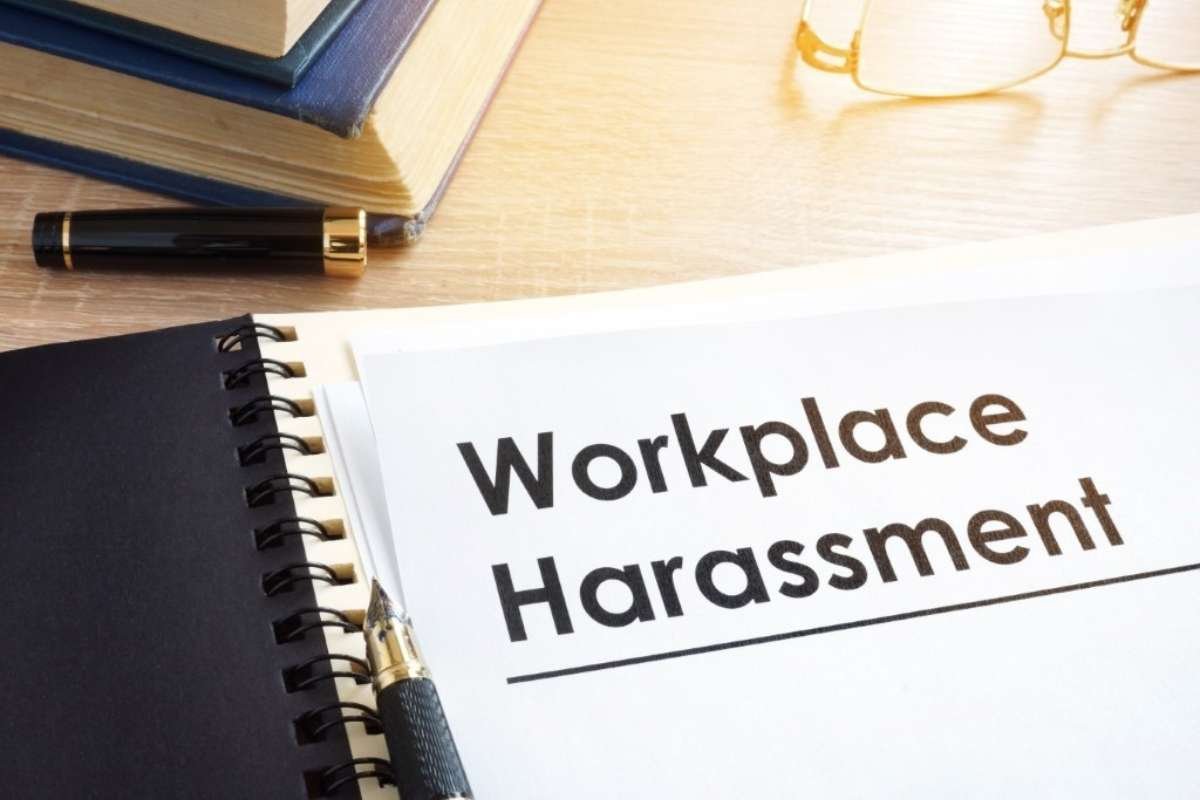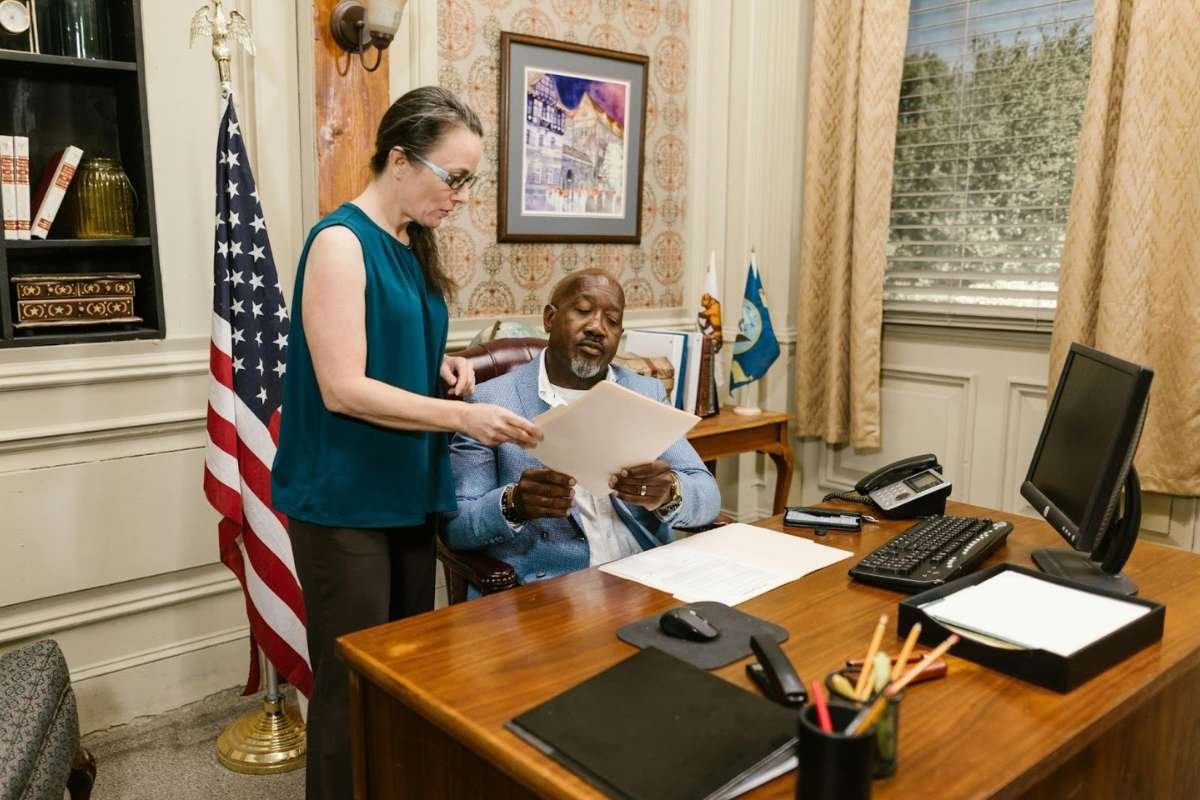When an accident happens, the impact often goes far beyond the injury itself. Medical treatments, financial strain, and the stress of navigating legal procedures can quickly become overwhelming. That’s why it’s important to understand the legal journey before stepping into it.
Do you know how long personal injury cases take to settle? The truth is, the answer varies depending on the details of each case, such as medical recovery, negotiations, and court procedures. Still, knowing the general timeline can give you clarity and realistic expectations.
This article will outline the step-by-step timeline of a personal injury case, showing how each stage connects to the next. With this roadmap, you’ll know what to expect and how each step moves you closer to the justice you deserve.
9 step timeline guide for a personal injury case:
1. Immediately after the accident
The very first step is to seek medical care. Even if you feel fine, injuries like whiplash may show up later. Getting medical attention right away also protects your claim, as insurance adjusters may argue that delays mean your injuries are less serious.
Next, report the incident promptly. Filing a police report is essential, as it serves as an unbiased record of what happened. Both the insurance company and the court heavily rely on this document during the claims process.
Finally, document the evidence carefully. Take photos, collect witness details, and save any relevant records. These details form the foundation of your case and help your lawyer build a strong argument.
2. Initial consultation with a lawyer
Once your immediate needs are addressed, schedule an initial consultation with a personal injury lawyer. Go prepared with your questions, medical records, and accident details so the lawyer has a clear understanding of your case.
Choosing the right attorney is crucial. A lawyer with experience in cases similar to yours will know the legal strategies that work. Their expertise can ease the process and improve your chances of receiving fair compensation.
3. Case investigation and pre-lawsuit preparation

After hiring your lawyer, the investigation begins. This includes reviewing accident reports, medical records, and collecting expert testimony or accident reconstruction analysis if needed.
Your lawyer will cross-check all available evidence and witness statements. Once prepared, they file a claim with the at-fault party’s insurance company, officially starting the legal process.
4. Demand letter and negotiation phase
The next step is drafting a demand letter. This document outlines your injuries, damages, and the amount of compensation you are seeking. Once the letter is sent, the negotiation phase begins. Both parties attempt to reach a fair settlement without going to court. Many cases are resolved here if both sides agree.
5. If negotiation fails, filing a lawsuit.
If settlement talks fail, your lawyer will file a lawsuit. This takes the dispute into the court system, where a judge or jury will make the final decision. The first step is filing a complaint. This official document names the parties involved, presents the facts of the case, and details the damages you are seeking.
6. Discovery phase

The discovery phase is often the longest stage. During this time, both sides exchange documents, request information, and review the evidence in detail. A key part of discovery is the deposition, where witnesses or parties give sworn testimony outside the courtroom. This helps both sides understand what may come up at trial.
7. Pre-trial and trial preparation
Before trial, another round of negotiation or mediation can take place. Sometimes, cases still settle at this stage to avoid the cost and time of a full trial. If the settlement doesn’t happen, your lawyer will begin trial preparation. This includes organizing all documents, evidence, and witness testimony to present a strong case in court.
8. Trial phase
The trial phase involves presenting your case before a judge or jury. Both sides present evidence, question witnesses, and argue their position. At the end of the trial, the judge or jury decides whether you deserve compensation and, if so, how much.
9. Timeline for receiving a settlement

If your case settles, you may receive compensation within weeks. However, if it goes to trial, it may take months or even years, depending on the court’s schedule and any appeals.
This timeline shows that the length of a personal injury case depends on whether it is resolved quickly through negotiations or continues through the full trial process.
Key Takeaways
- Always seek medical care immediately after an accident to protect both your health and your claim.
- Reporting the incident and documenting evidence creates a strong foundation for your case.
- Choosing an experienced lawyer can significantly impact the outcome of your claim.
- Most cases settle during negotiations, but some require a full trial for fair compensation.
- The length of a personal injury case depends on medical recovery, negotiations, and court procedures.


















